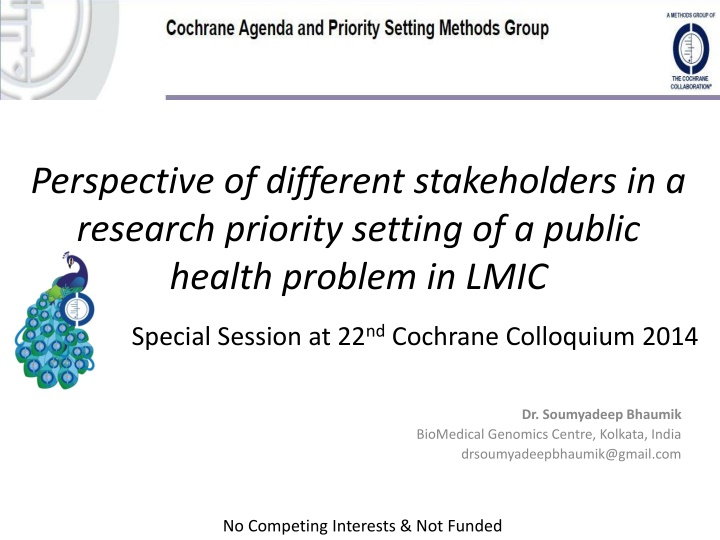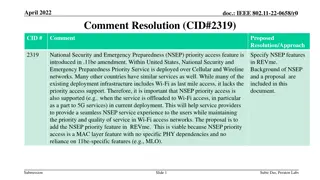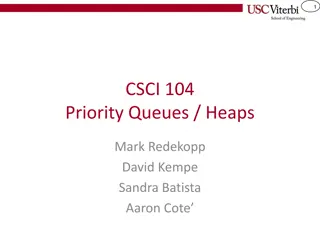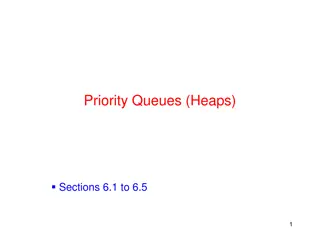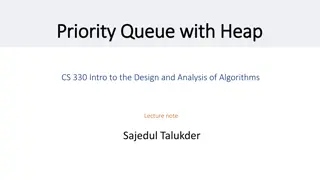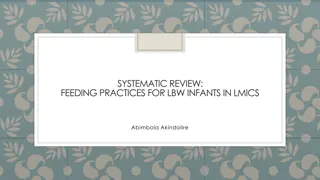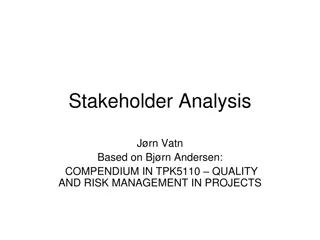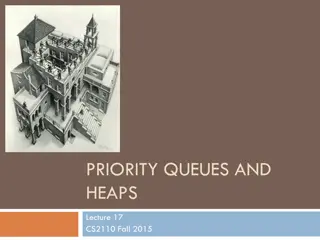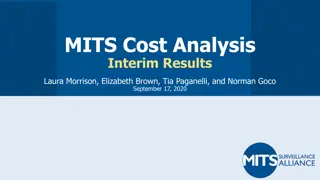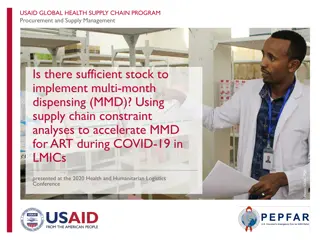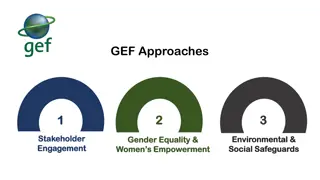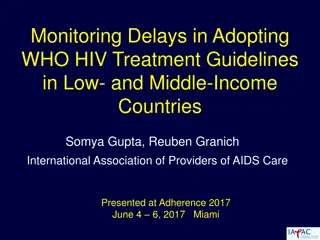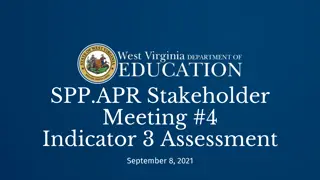Stakeholder Perspectives on Research Priority Setting for Public Health in LMICs
Stakeholders in a special session at the 22nd Cochrane Colloquium 2014 discussed the importance of involving diverse stakeholders in research priority setting for public health issues in Low- and Middle-Income Countries (LMICs). Key topics included barriers to patient involvement, challenges in addressing snakebite as a public health priority, and the outcomes of a National Snakebite Study Protocol Development Workshop in March 2013.
Download Presentation

Please find below an Image/Link to download the presentation.
The content on the website is provided AS IS for your information and personal use only. It may not be sold, licensed, or shared on other websites without obtaining consent from the author.If you encounter any issues during the download, it is possible that the publisher has removed the file from their server.
You are allowed to download the files provided on this website for personal or commercial use, subject to the condition that they are used lawfully. All files are the property of their respective owners.
The content on the website is provided AS IS for your information and personal use only. It may not be sold, licensed, or shared on other websites without obtaining consent from the author.
E N D
Presentation Transcript
Perspective of different stakeholders in a research priority setting of a public health problem in LMIC Special Session at 22nd Cochrane Colloquium 2014 Dr. Soumyadeep Bhaumik BioMedical Genomics Centre, Kolkata, India drsoumyadeepbhaumik@gmail.com No Competing Interests & Not Funded
Agenda of Medicine We live in a world with infinite possibilities. Hearts are transplanted, DNA is decoded, and new medical discoveries are made every day. Yet we continue to be stymied by how best to reach those in resource-poor settings with the most basic care and medicines that we take for granted. What could break through this conundrum? Bill Frist & Richard Sezibera. The Lancet, 2009;374:1485-1486
Barriers to patient involvement for research priority setting in LMICs Low- and middle-income countries (LMICs) are now encouraging increased public participation in research priority setting. Patient engagement in priority setting in LMICs has recently been included in the recent World Bank evaluation
About 50,000 deaths annually The key reason why snakebite is not a priority is that most victims lack political voice because they tend to be poor, children, and from rural areas. The global toxinology community remains concerned about the impact of toxin or venom based diseases on vulnerable populations, such as those in rural India, where we know from hard evidence that snakebite exerts a huge human toll BMJ 2013;346:f628 doi: 10.1136/bmj.f628 (Published 31 January 2013)
March 2013 40 participants attended the Protocol Development Workshop : National Snakebite Study with a range of expertise: Clinicians , health workers and public health professionals from study hospitals and centers Herpetologists Members of the public and patient groups Scientists involved in the snake venom detection technologies Members from Anti-snake venom manufacturing companies Software experts External consultants from neighboring countries involved in snakebite research http://cochrane-sacn.org/
Data from 17 Centres: Snake Anti-venom Indications for Snake Anti-venom Administration Varying indications and criteria used for local signs , neurotoxic/vasulotoxic signs and symptoms. Snake Anti-venom Dosing: Varying initial doses with some centres having a loading dose of 02 vials dissolved in 100ml NS over 30 minutes and some using 10 vials dissolved in NS in 1 hour. Some centres used continuous infusion while others did not. The limit of ceiling dose varied from as low as 08 vials to high as 50 vials.
Data from 17 Centers: Other treatment modalities Different Indications and dosing for use of prophylactic medications ,neostigmine , and antibiotic usage. Some centres do not use any prophylactic medications and some used inj. hydrocortisone while others inj. adrenaline. Intensive care and referral to higher centre indications different across centres.
What were priorities of clinicians? Whether to use Snake anti-venom (SAV)at all ? What doses to use for SAV ? What is protocol to use SAV ? Can adverse effects of SAV be prevented ? How to manage SAV adverse reaction ?
What were the priorities for public health professionals ? Does these differences in protocol translate to different health outcomes in different regions ? Are these differences in protocol reflective of different geographical snake species variation? Why does no one adhere to our protocol? Do we need to develop rapid diagnostic kits ? Do we need to develop species-specific SAV?
What patients want Does a walking stick scare snakes at night ? Does using torches help prevent snakebites? What about interventions the ojhas or traditional faith healers provide? I could not get my daughter married SAVs are in short and erratic supply in hospitals ? Doctors tell me to buy ? There are no ventilators at primary health care centers. Why is snakebite a medico-legal case ?
Barriers in patient involvement Fear of health knowledge stigmatization Tokenism Can we reach the real stakeholders? Improving health education status in general. Lack of confidence Knowledge about what science and research means
Thank You drsoumyadeepbhaumik@gmail.com DrSoumyadeepB Slides to be available at: www.soumyadeepb.wordpress.com
